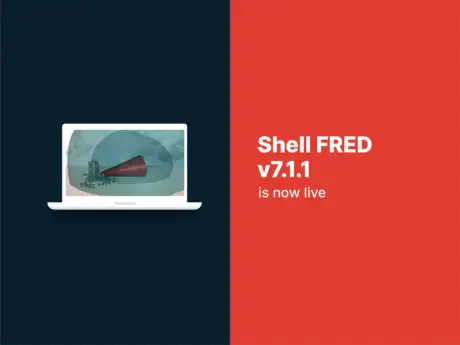Gexcon is set to launch a major update to its flagship consequence modelling software later this year to offer users greater flexibility, digitalisation and integration capabilities.
FLACS 20 will replace FLACS 10.9 this autumn and represents a significant software upgrade, building on more than 40 years of industrial safety modelling and validation.
The industry-leading software simulates the dispersion of hazardous materials, fire and explosions and has been re-written from the ground up to meet the needs of a digital-first world.
New key features and benefits include the following.
Wider field of application
Models flammable and toxic release scenarios for 2,000 chemical components based on the DIPPR database.
Improved 3D visualisations
Improved aesthetics and functionality of geometry modelling and now more than 10 CAD import formats.
Quicker results
Simulations are now up to 20 times faster using the new steady-state solver and porosity calculator.
Chris Coffey, FLACS Product Manager, said:
“We are delighted to confirm that FLACS 20 is coming soon and we look forward to launching the major update this autumn.
“FLACS is Gexcon’s flagship consequence modelling software and is highly regarded among engineers working in complex industrial environments.
“The new edition has been rewritten from the ground up to offer better integration and digitalisation capabilities, improved workflows and greater flexibility.
“We also took the decision to rename the software to FLACS 20 in line with the year date and to offer greater clarity to our customers and users.”
FLACS 20 features a series of standard modules and additional modules designed to meet specific requirements.
The standard modules include high-performance graphical user interfaces for setting up scenarios (CASD) and post-processing the results (FLOWVIS) which makes FLACS significantly faster than other similar tools.
FLACS-GasEx and FLACS-Dispersion form the core of FLACS and are used extensively to understand the consequences of an explosion in complex and large-scale industrial environments. They allow the user to model the release and dispersion of a gas/vapour and model an explosion to support risk assessment and design processes.
Additional modules include FLACS-Hydrogen, FLACS-DustEx FLACS-Fire, FLACS-Blast and FLACS-Risk.
Download the FLACS 20 brochure for more information.





